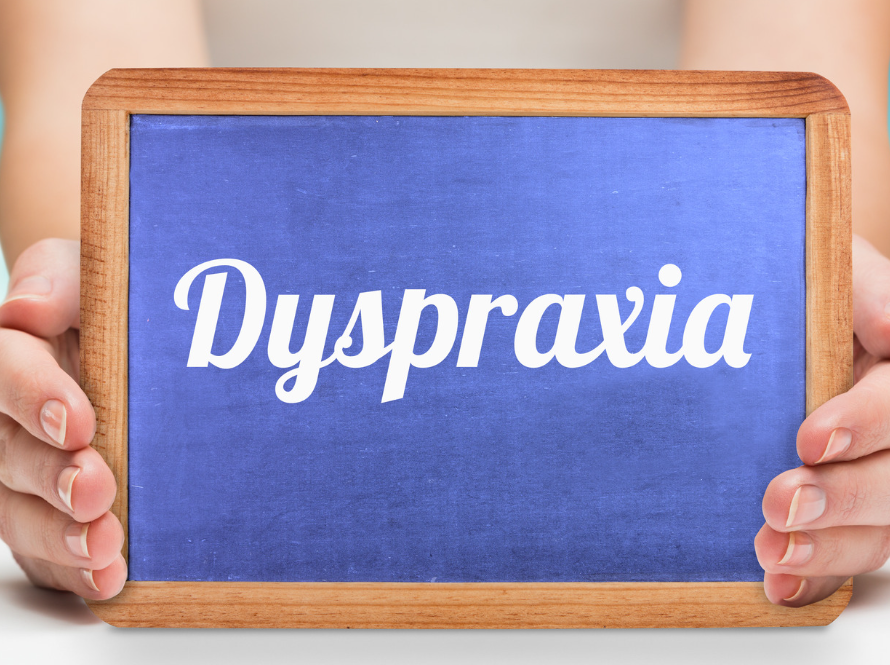Dyspraxia is a neurological condition that primarily affects motor coordination, making everyday tasks more challenging for those living with it. However, the effects of dyspraxia go beyond physical difficulties. Many individuals with this condition experience emotional and mental health challenges due to the constant effort required to manage daily activities. Struggling with tasks that others may take for granted, coupled with social or learning difficulties, can often lead to anxiety, low self-esteem, and even depression. Recognising the connection between dyspraxia and mental health is crucial, and developing coping mechanisms can help individuals lead a more balanced and fulfilling life.
How Dyspraxia Impacts Mental Health
The challenges associated with dyspraxia can have a profound effect on mental well-being. Individuals with dyspraxia may find themselves repeatedly frustrated by their inability to perform tasks efficiently or accurately. Simple activities, such as handwriting, using cutlery, or participating in team sports, can become sources of stress. These experiences often create feelings of inadequacy or embarrassment, which can erode self-confidence over time.
Anxiety is widespread among people with dyspraxia. They may worry excessively about making mistakes, being judged by others, or failing to meet expectations in educational, work, or social settings. Social anxiety may also develop due to difficulties with coordination or speech, leading some to avoid group activities or social interactions altogether. Recognising these emotional struggles early on can help individuals seek the support and coping strategies they need to maintain good mental health.
Establishing Practical Daily Coping Mechanisms
Practical strategies can significantly improve the quality of life for someone with dyspraxia. One practical approach is breaking tasks down into smaller, manageable steps. This method reduces the feeling of being overwhelmed and allows individuals to focus on achieving one task at a time. For example, rather than attempting to complete an entire school assignment in one sitting, dividing it into sections and tackling each separately can make the process more manageable.
Organising daily routines using visual aids such as checklists, planners, or smartphone reminders can also provide a sense of structure and control. Predictable routines reduce uncertainty and stress, making it easier to accomplish tasks efficiently. In addition, simplifying the environment, such as keeping frequently used items within reach or minimising clutter, can make daily life less taxing and help build confidence in one’s abilities.
The Role of Mindfulness and Relaxation Techniques
Mindfulness and relaxation techniques play a critical role in managing the mental health challenges associated with dyspraxia. Practising mindfulness encourages individuals to focus on the present moment rather than becoming preoccupied with past mistakes or future worries. Simple exercises, such as deep breathing, guided meditation, or progressive muscle relaxation, can significantly reduce stress and enhance emotional regulation.
Physical activities such as yoga, swimming, or gentle exercise can also be highly beneficial. Not only do these activities support motor coordination, but they also promote relaxation and a sense of accomplishment. Exercise stimulates the release of endorphins, improving mood and reducing symptoms of anxiety or depression. Incorporating mindfulness and gentle physical activity into a daily routine can foster both mental and physical well-being for individuals with dyspraxia.
Building a Support Network
A strong support network is essential in coping with dyspraxia. Family members, friends, and mental health professionals can provide understanding, encouragement, and practical help. Open communication with loved ones allows individuals to express their challenges and seek assistance when needed.
Support groups, whether online or in-person, offer a valuable space for people with dyspraxia to connect with others who share similar experiences. These communities can provide emotional support, share coping strategies, and reduce feelings of isolation. Being part of a supportive network helps individuals feel understood and validated, which is vital for maintaining mental health.
Strengthening Emotional Resilience
Emotional resilience is a key factor in managing the challenges that come with dyspraxia. Practising positive self-talk can help counteract feelings of frustration or self-doubt. Celebrating small achievements, no matter how minor they may seem, can also boost self-esteem and provide motivation to continue facing challenges.
Setting realistic goals is another important strategy. Individuals with dyspraxia benefit from focusing on what they can control and acknowledging their progress rather than dwelling on limitations. Over time, these strategies can help cultivate a stronger sense of self-efficacy, enabling individuals to cope more effectively with setbacks and maintain mental well-being.
Seeking Professional Guidance
While personal strategies are essential, professional support can offer tailored guidance for managing both dyspraxia and its impact on mental health. Occupational therapists can provide exercises and techniques to improve motor skills, making daily tasks easier and less stressful. Psychologists or counsellors can help individuals develop coping strategies for anxiety, depression, or low self-esteem, addressing the emotional impact of dyspraxia directly.
Early intervention is often key to improving outcomes. Seeking professional support as soon as challenges are identified allows individuals to develop effective coping mechanisms sooner, leading to better long-term mental health and quality of life.
Encouraging Self-Compassion
Living with dyspraxia can be frustrating, but practising self-compassion is a powerful tool for maintaining mental health. Accepting that some tasks may take longer or require additional effort is essential for reducing self-criticism. By acknowledging limitations without judgment and focusing on personal strengths, individuals can approach challenges with patience and kindness toward themselves.
Engaging in activities that bring joy or a sense of achievement, such as creative hobbies, music, or outdoor activities, also supports emotional well-being. Making time for self-care reinforces the importance of valuing oneself and nurturing mental health alongside managing the practical aspects of dyspraxia.
Final Thought
Dyspraxia presents both physical and emotional challenges, but understanding its impact on mental health and implementing effective coping mechanisms can make a meaningful difference. From practical daily strategies and mindfulness practices to building support networks, seeking professional guidance, and practising self-compassion, there are numerous ways to enhance well-being. With persistence, the right strategies, and a supportive environment, individuals with dyspraxia can live fulfilling, balanced, and mentally healthy lives.
